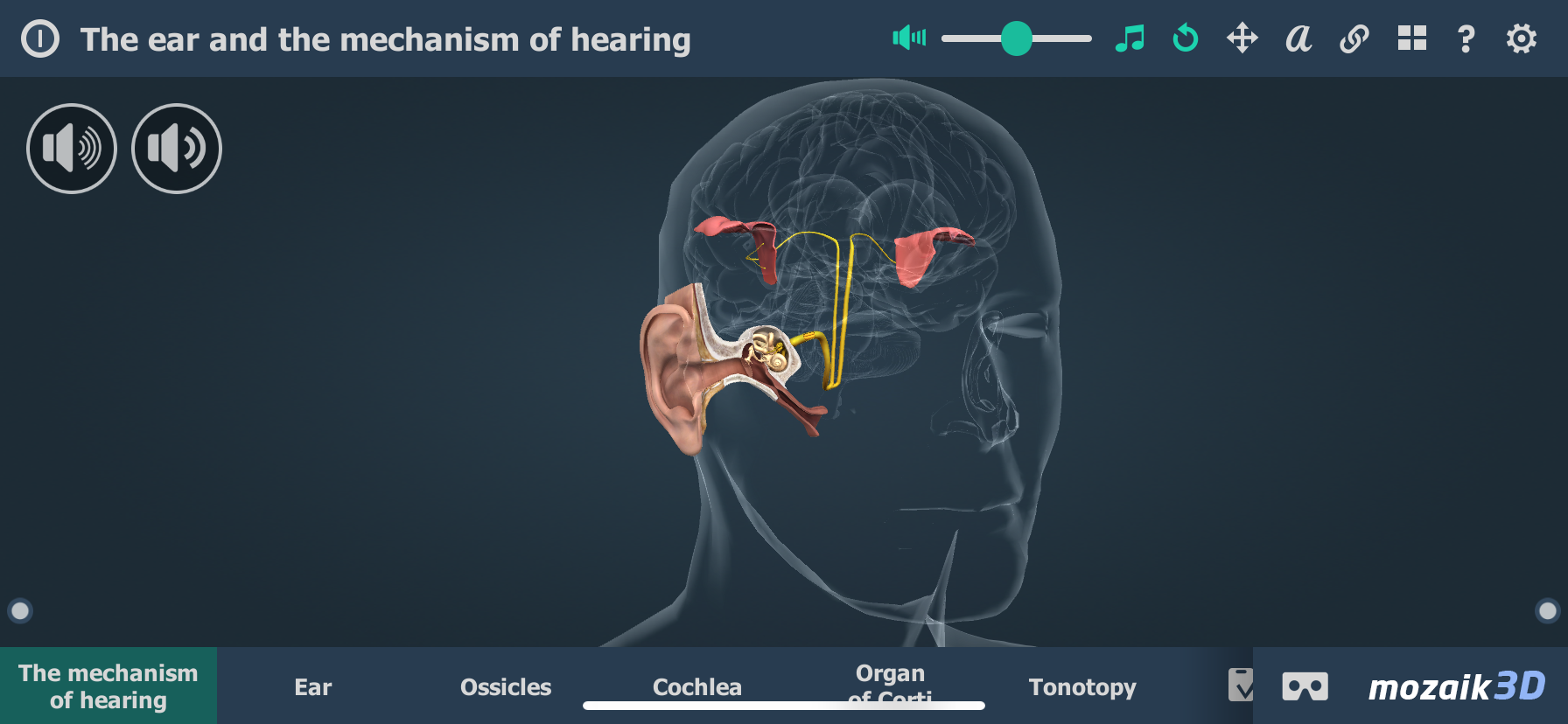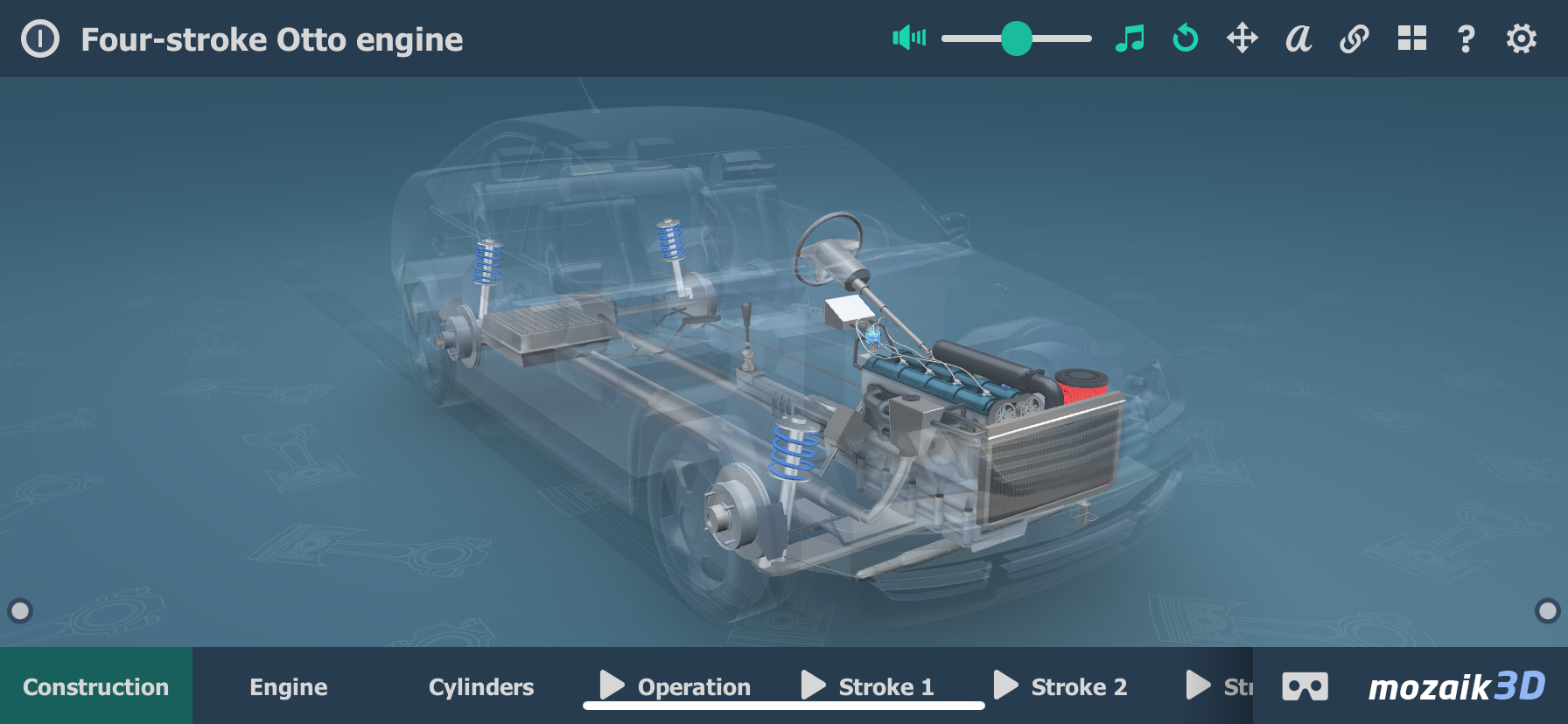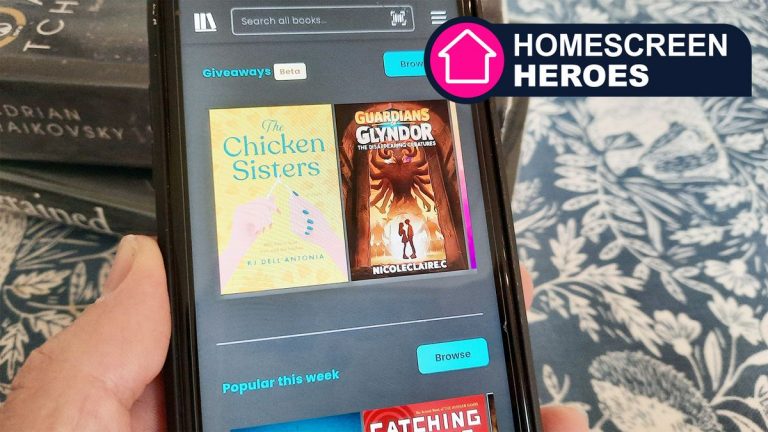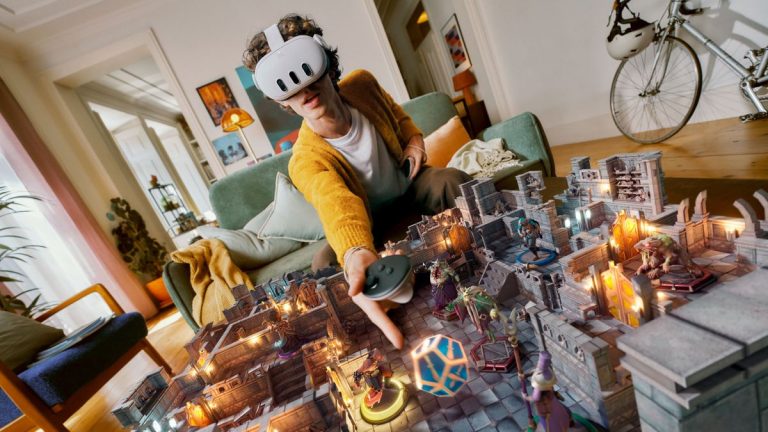This app transforms my children’s screen time into something much more fruitful

When my children get some screen time, they only want to watch Paw Patrol, Paddington, or this summer they’ve really gotten into the Olympics. I’m not against these TV shows, especially Paddington, but with a desire to help bring education beyond animal-inspired stories, I’m always on the lookout for engaging apps to help my children learn more about the world.
I love the likes of Babbel and Duolingo but they require a certain level of dedication that is often hard to find. I was therefore so glad to come across a super simple app, called Mozaik, that provides a different way of learning at home in a playful and enjoyable manner.
The app contains more than 1,300 3D scenes that can be viewed on either a smartphone or tablet. This makes it perfect for accessing content anywhere and is ideal for sitting down with your child while helping them navigate through the interface and engage with the learning content.
Homescreen heroes
This is part of a regular series of articles exploring the apps that we couldn’t live without. Read them all here.
My children love this app because it exposes them to ideas and subjects that they would never experience at school. It ignites a passion and helps them fall in love with the worlds of technology, physics, mathematics, and biology, to name only a few.
One of the Hatton family favorites is the ‘Four-Stroke Otto Engine’ 3D model. Not many parents would want their children fiddling around under the hood of their car but in the safety of their own home, little ones can explore all the intimate workings of a traditional engine.
As is the case for all models with Mozaik, the Otto engine is 100% 3D. This lets you rotate around and zoom in—perfect for focusing in on the bits you’re interested in. With predefined views, you can easily navigate through complex scenes, with narrations and captions guiding you through.
Each part of the engine is split up into sections, with explainer videos unpacking how the engine works. Seeing the cylinders move up and down and the fuel ignite brings wonder to their faces, as they find it hard to believe that’s what’s happening inside our car while they’re riding in the backseat.
Older children can make use of the explained animations, which guide you through each part of the engine and how it works. This is the case for every 3D model. It’s one thing to see these diagrams in a text box; it’s another to see them all come to life with animations and sound effects.

More interested learners can access related content. For example, when exploring the four-stroke Otto engine, users can quickly skip to find out about the diesel engine or a Wankel engine, further expanding their understanding of different engine types.
All of this isn’t just true for engineering. You’ll find 3D models for coral, penicillin, and the history of piracy. Our second favorite is the workings of the outer and inner ear. Delving into complex subjects like the ear reveals the wonder of the human body.
To help the learning process, you’ll find entertaining animated quizzes. Gamifying the learning process helps to maintain and increase user engagement while cementing facts about the content.

Along with 3D models, Mozaik gave some of its scenes virtual reality functionality. If you place your phone into a VR headset, you can walk in ancient Athens, the Globe Theatre, or on the surface of the moon. This takes the Mozaik experience to a whole new level of reality and engagement.
Mozaik offers five educational 3D scenes as part of their free version. If you’d like full access to all interactive content, including 3D scenes and educational videos, then you’ll need the Student Digital Subscription. This costs around $40 in the US and £30 in the UK, but it does open up a whole world of top-notch content that will keep you and your children engaged for hours on end.
With the school summer holidays in full swing, I’m excited about having an app that will open my children’s eyes to the world and how it works. And who knows, maybe I’ll learn something along the way, too.
Source: www.techradar.com






